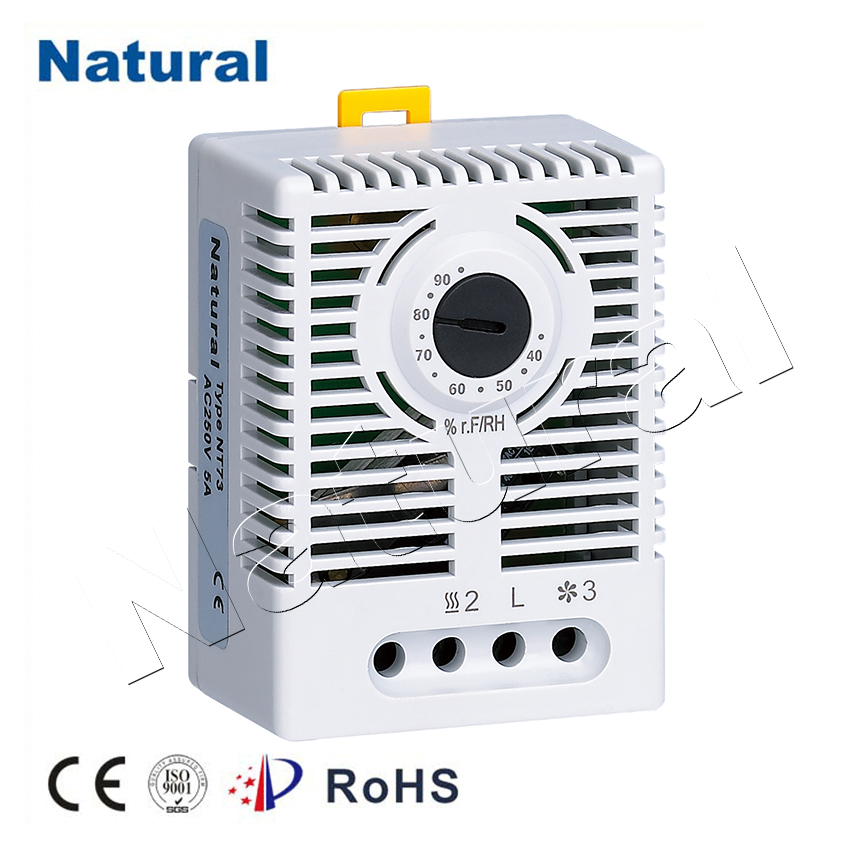Introduction

In the realm of temperature control technology, the hysteresis thermostat stands as a remarkable innovation that has revolutionized the way we maintain optimal temperatures in various applications. With its unique mechanism and widespread utilization, the hysteresis thermostat has found its place in homes, industries, and scientific laboratories, providing efficient and reliable temperature regulation. This article delves into the intriguing world of hysteresis thermostats, shedding light on their operation, advantages, and diverse applications. Understanding the Hysteresis Thermostat A hysteresis thermostat is a specialized temperature control device that operates based on the principle of hysteresis, a phenomenon where a system’s output lags behind its input due to a delay in the system’s response. In the context of temperature regulation, this means that the hysteresis thermostat maintains a temperature range rather than a single set point. It allows a controlled environment to fluctuate within a specific temperature band before triggering any adjustments. Mechanism and Operation At the heart of a hysteresis thermostat lies a bimetallic strip, a cleverly engineered component composed of two different metals with distinct coefficients of thermal expansion. As temperature changes, this strip bends or flexes, activating a switch that either turns a heating or cooling element on or off. The key feature here is the temperature differential between the activation and deactivation points. This difference between the “turn on” and “turn off” temperatures is the hysteresis, and it ensures that the system doesn’t switch rapidly between heating and cooling cycles due to minor temperature fluctuations. Advantages of Hysteresis Thermostats Energy Efficiency: Hysteresis thermostats are inherently energy-efficient due to their on-off operation within a temperature range. This prevents frequent and unnecessary cycling of heating or cooling systems, reducing energy consumption and utility costs. Durability: The simplicity of the hysteresis thermostat’s design contributes to its robustness and durability. With fewer moving parts and mechanical components, these devices tend to have longer lifespans and require minimal maintenance. Precision: The hysteresis mechanism provides a degree of tolerance against small temperature fluctuations, ensuring a more stable and consistent temperature control compared to other thermostat types. Applications Hysteresis thermostats find applications across diverse fields: Household Appliances: They are widely used in refrigerators, freezers, ovens, and air conditioning units to maintain optimal temperatures and enhance energy efficiency. Industrial Processes: Hysteresis thermostats play a crucial role in controlling temperatures during manufacturing processes, ensuring product quality and consistency. Research and Laboratories: Scientific experiments often require precise temperature control. Hysteresis thermostats are used in incubators, water baths, and environmental chambers. Greenhouses: These thermostats regulate the temperature within greenhouses, contributing to successful plant cultivation. Conclusion The hysteresis thermostat stands as a testament to human ingenuity in the realm of temperature control. Its elegant design, energy efficiency, and reliability make it a staple in various applications where maintaining a specific temperature range is essential. As technology continues to evolve, the hysteresis thermostat remains a steadfast and indispensable tool, embodying the marriage of mechanical engineering and thermal dynamics for a more controlled world.